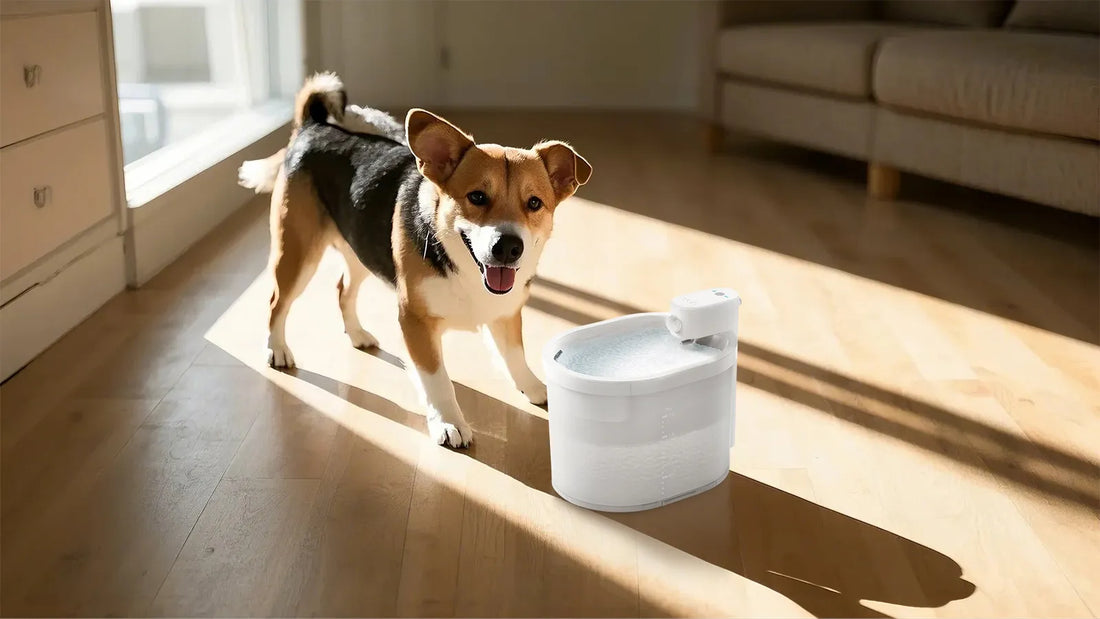Bathing a cat that hates water can feel like an impossible task. Cats are famously independent and often have a strong aversion to water, making bath time a challenging experience for pet owners. However, with the right approach, you can turn this dreaded chore into a manageable and even stress-free activity. This guide will walk you through the steps to bathe your cat without causing undue stress or harm.
Understanding Your Cat's Aversion to Water
Before diving into the bathing process, it's essential to understand why cats typically dislike water. Unlike dogs, cats are not naturally inclined to enjoy water. Their ancestors lived in arid environments where water was scarce, so they evolved to avoid it. Additionally, a cat's fur is not designed to dry quickly, making water uncomfortable for them. Recognizing this natural instinct can help you approach bath time with empathy and patience.
Preparing for the Bath
Preparation is key to a successful cat bath. Start by gathering all the necessary supplies, such as a gentle pet shampoo, a non-slip mat, a large towel, and a handheld sprayer or pitcher. Choose a warm, quiet room where your cat feels safe, and fill the sink or tub with a few inches of lukewarm water. Ensure the water temperature is comfortable—neither too hot nor too cold. It's also a good idea to trim your cat's nails beforehand to minimize scratches.
Introducing Your Cat to Water Gradually
If your cat has never been bathed before, it's crucial to introduce them to water gradually. Start by letting them explore the bathroom and the tub or sink without water. Use treats and positive reinforcement to create a positive association. Once your cat seems comfortable, you can begin by wetting a small area of their body, such as their paws, and rewarding them with treats. This gradual approach can help reduce their anxiety.
Bathing Your Cat Step-by-Step
When it's time for the actual bath, stay calm and confident. Gently place your cat in the water, supporting their body to make them feel secure. Use a handheld sprayer or pitcher to wet their fur, avoiding their face, ears, and eyes. Apply a small amount of pet shampoo and massage it into their fur, starting from the neck and working your way down. Rinse thoroughly to remove all shampoo residue, as leftover soap can irritate their skin. Keep the process quick and efficient to minimize stress.
Drying Your Cat After the Bath
After rinsing, wrap your cat in a large towel and gently pat them dry. Avoid vigorous rubbing, as this can tangle their fur and cause discomfort. If your cat tolerates it, you can use a hairdryer on the lowest setting, but keep it at a safe distance to prevent overheating. Alternatively, let your cat air-dry in a warm, draft-free room. Ensure they are completely dry before allowing them to roam freely.
Tips for Reducing Stress During Bath Time
To make bath time less stressful, consider using calming aids such as pheromone sprays or treats designed to reduce anxiety. Speak to your cat in a soothing voice and offer plenty of praise and treats throughout the process. If your cat becomes overly stressed, it's okay to pause and try again later. Remember, patience is key when dealing with a cat that hates water.
Alternatives to Traditional Baths
If your cat absolutely refuses to tolerate a bath, there are alternative methods to keep them clean. Waterless shampoos and grooming wipes can be effective for spot cleaning. Regular brushing can also help remove dirt and loose fur, reducing the need for frequent baths. Consult your veterinarian for additional recommendations tailored to your cat's specific needs.
When to Seek Professional Help
If your cat's aversion to water is extreme or if they have a medical condition that requires frequent bathing, it may be best to seek professional help. A groomer or veterinarian can provide expert care and ensure your cat stays clean and healthy. They may also offer tips and techniques to make bath time easier at home.
Bathing a cat that hates water doesn't have to be a nightmare. With patience, preparation, and the right techniques, you can make the experience as stress-free as possible for both you and your feline companion. Remember, every cat is unique, so it may take time to find the approach that works best for your pet. Keep calm, stay positive, and celebrate small victories along the way. Your cat will thank you for it!













